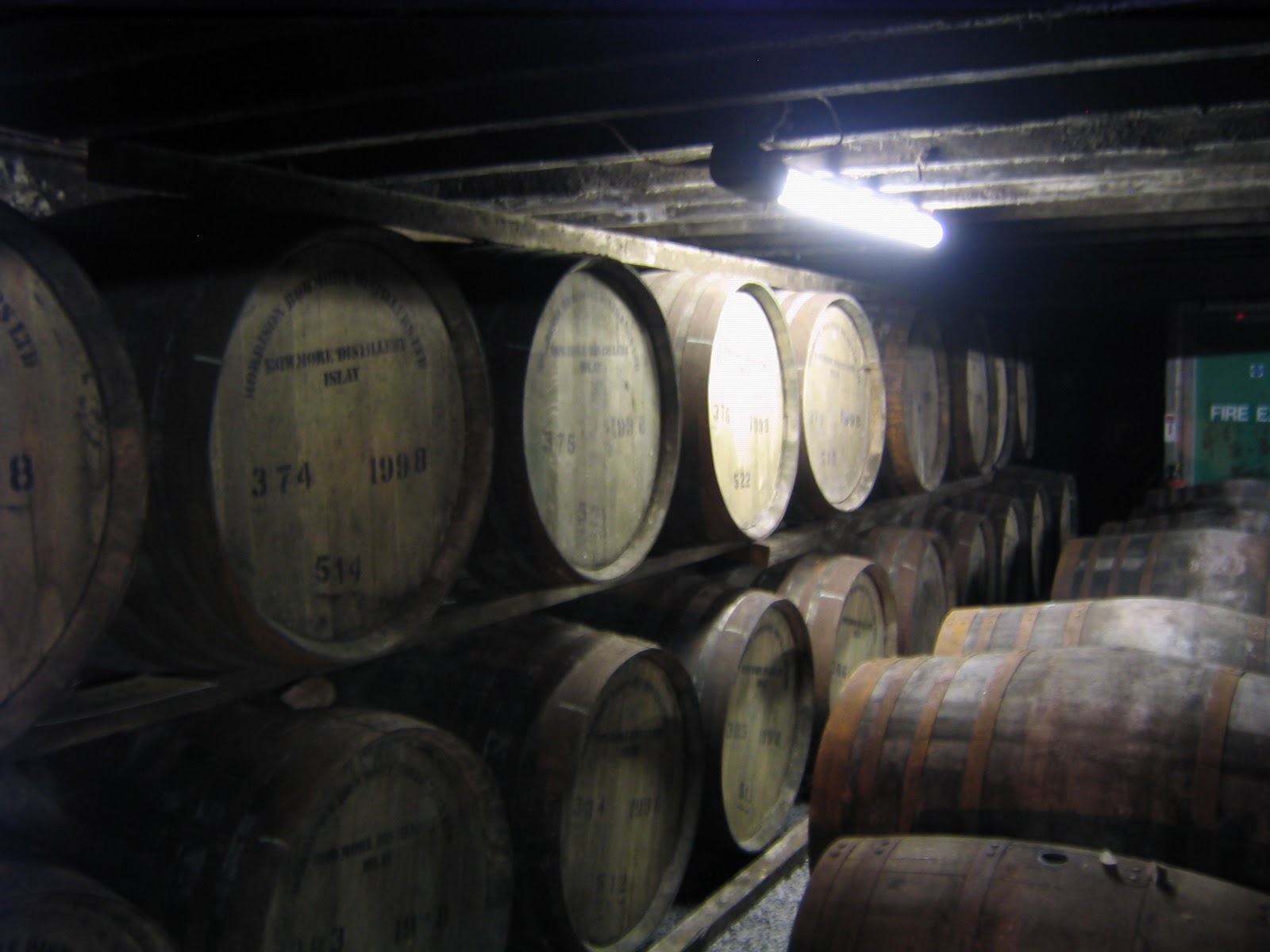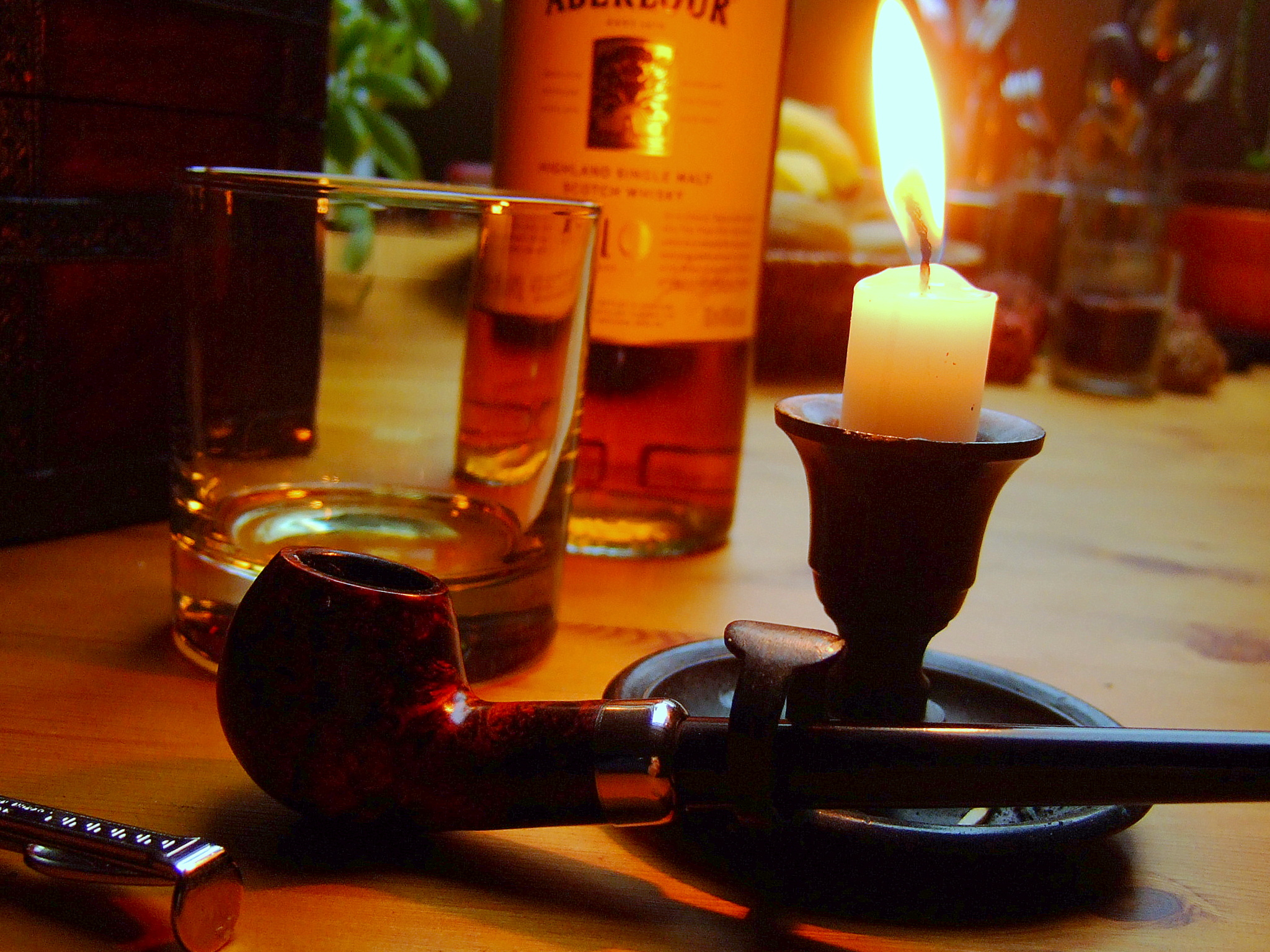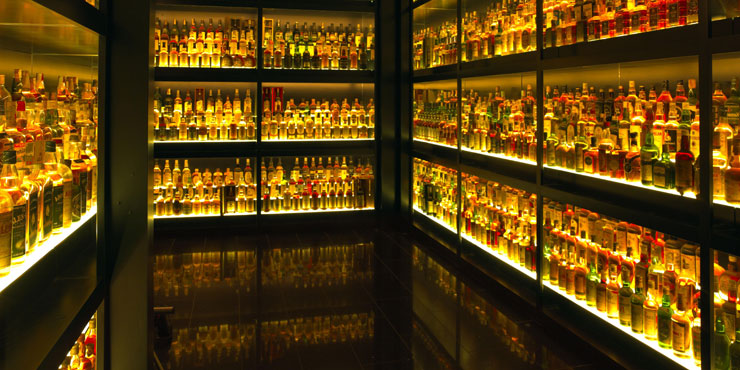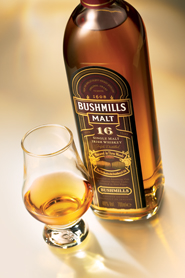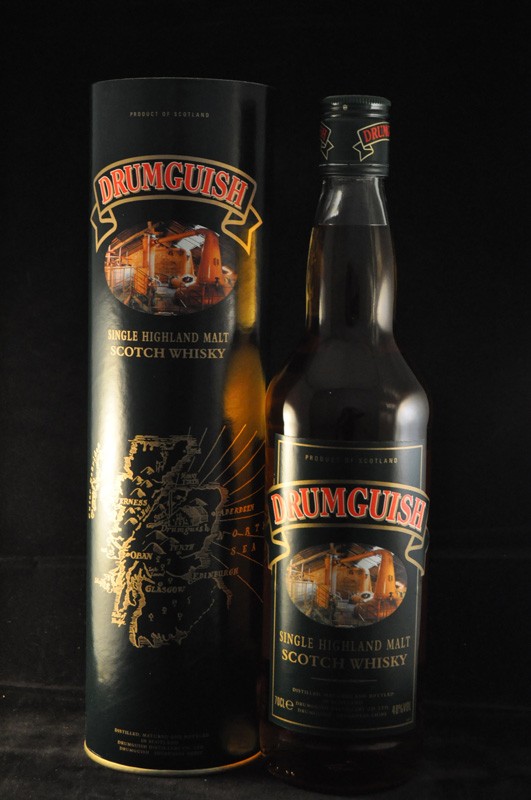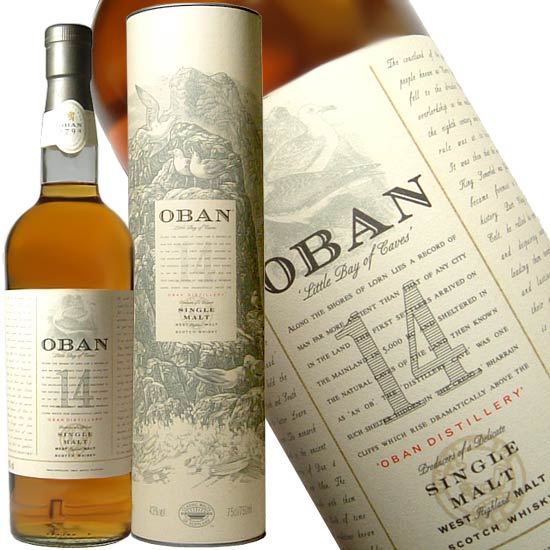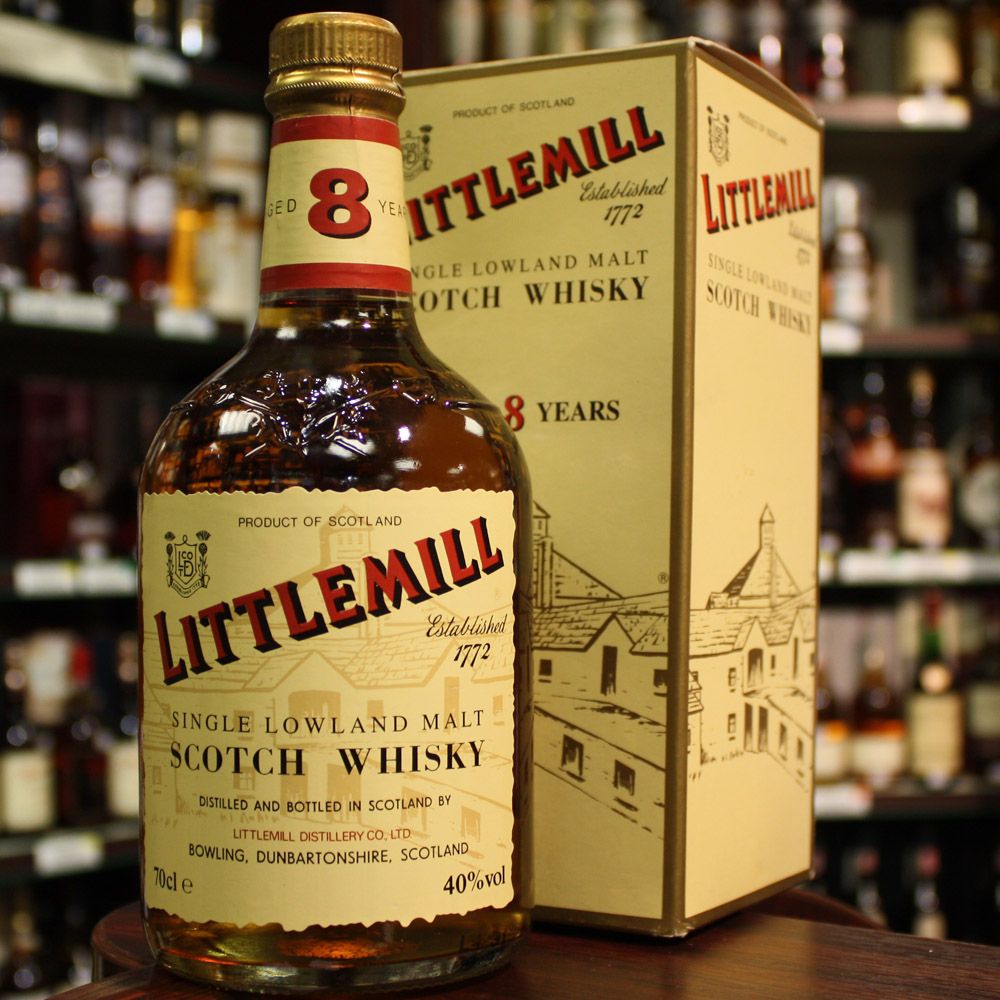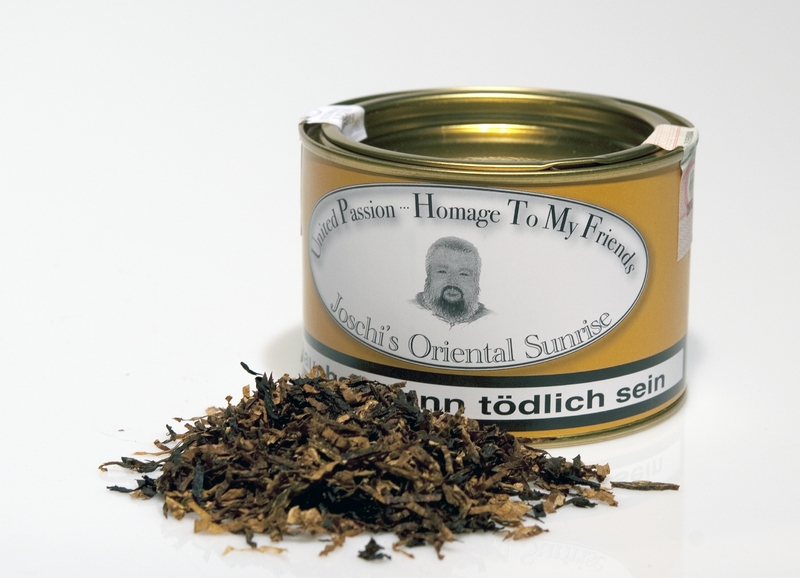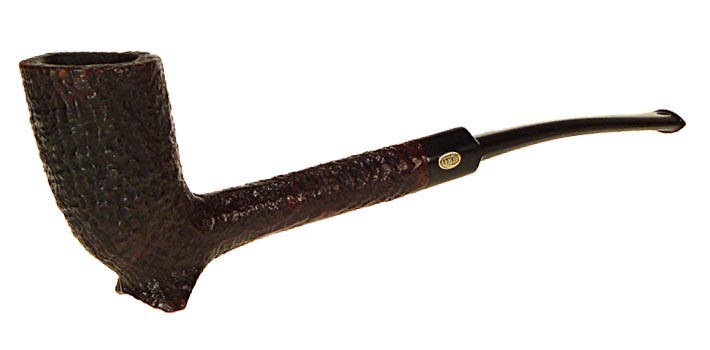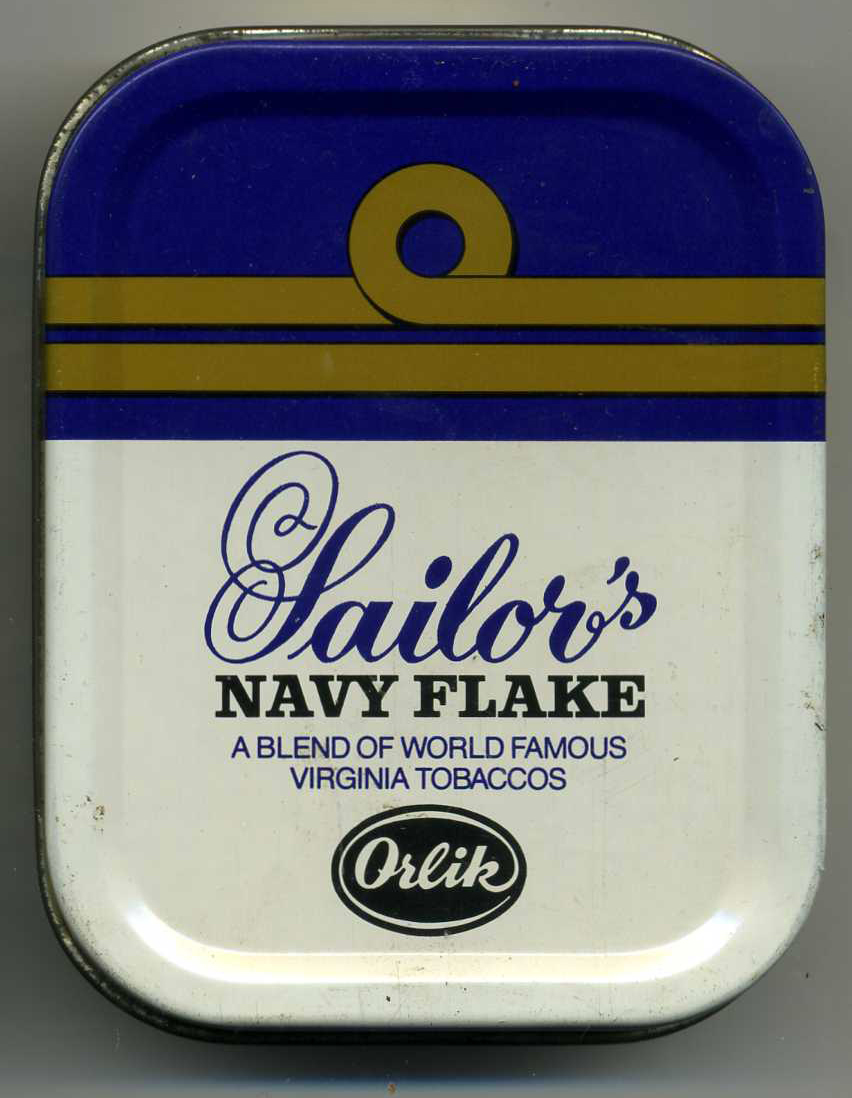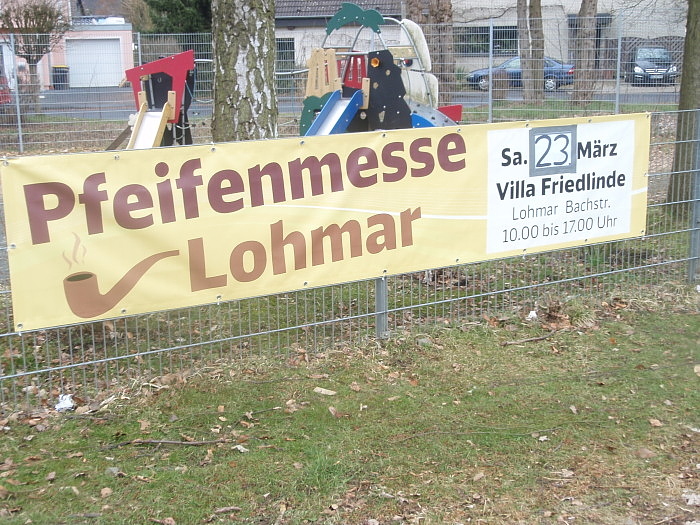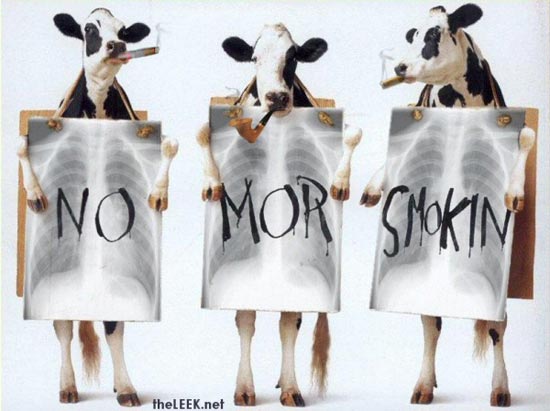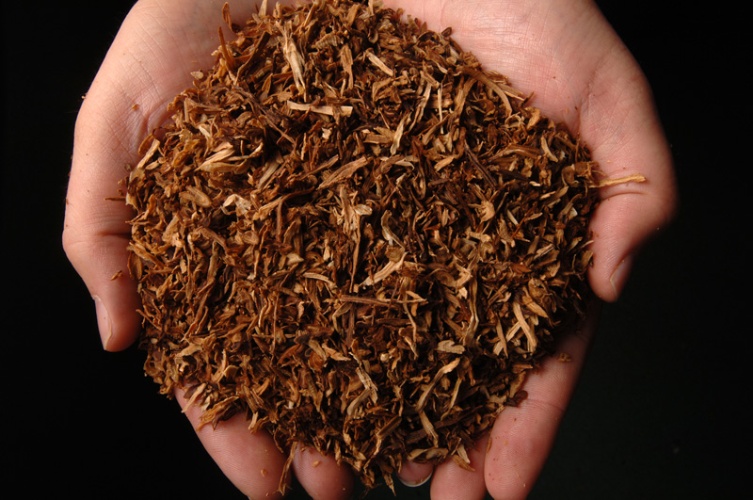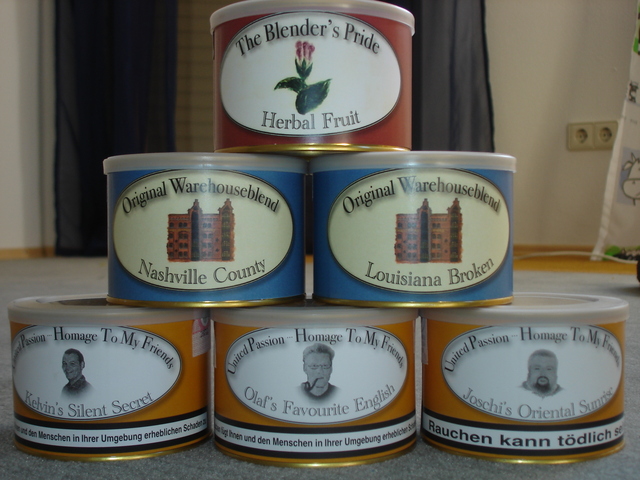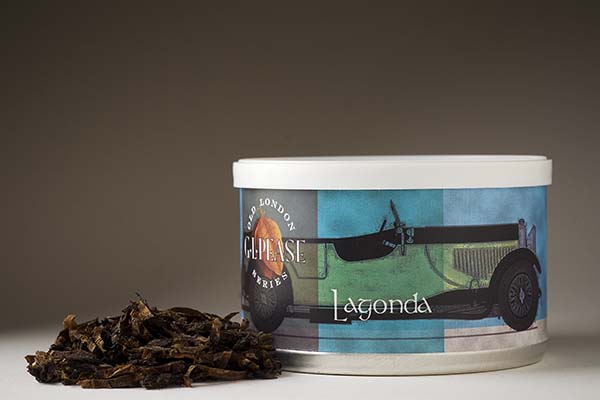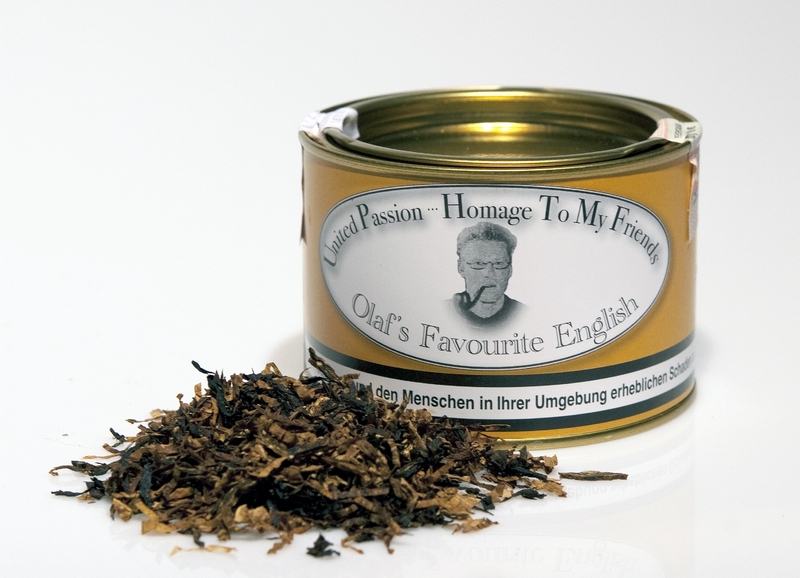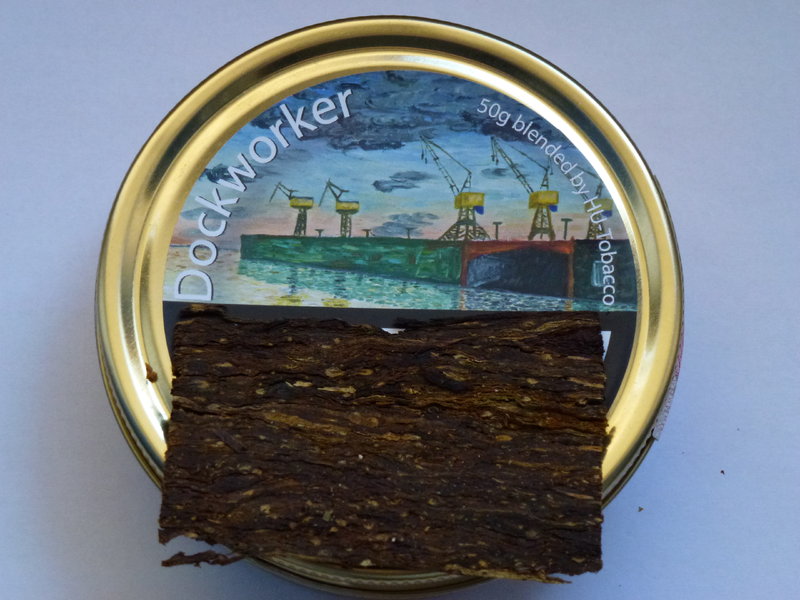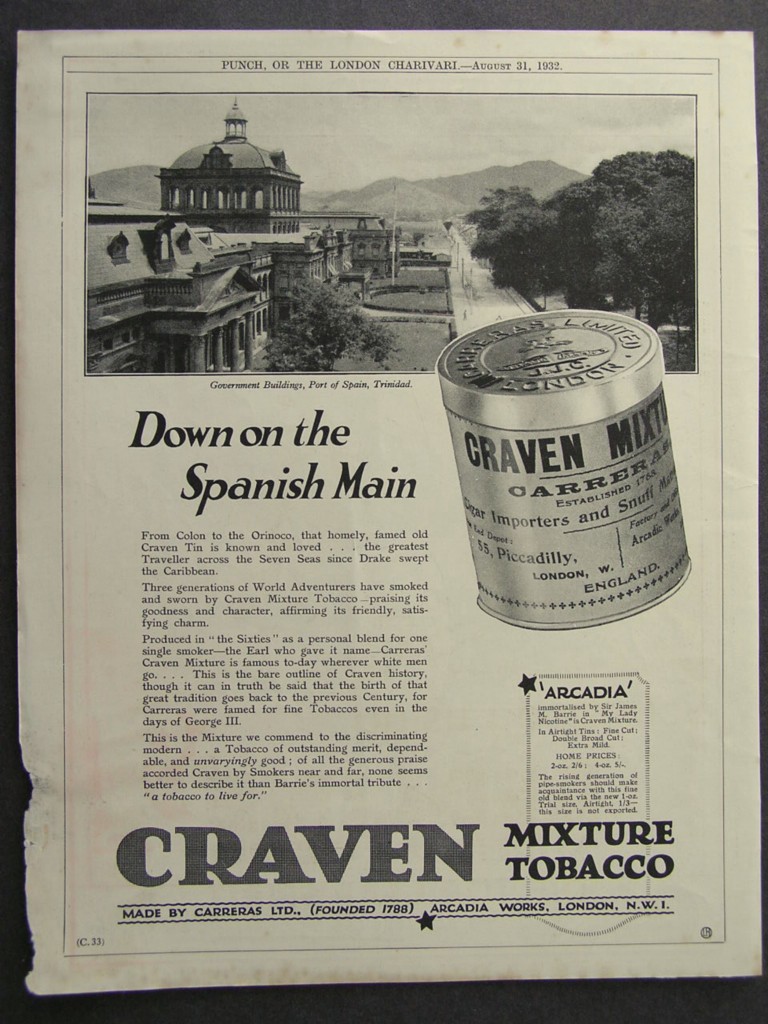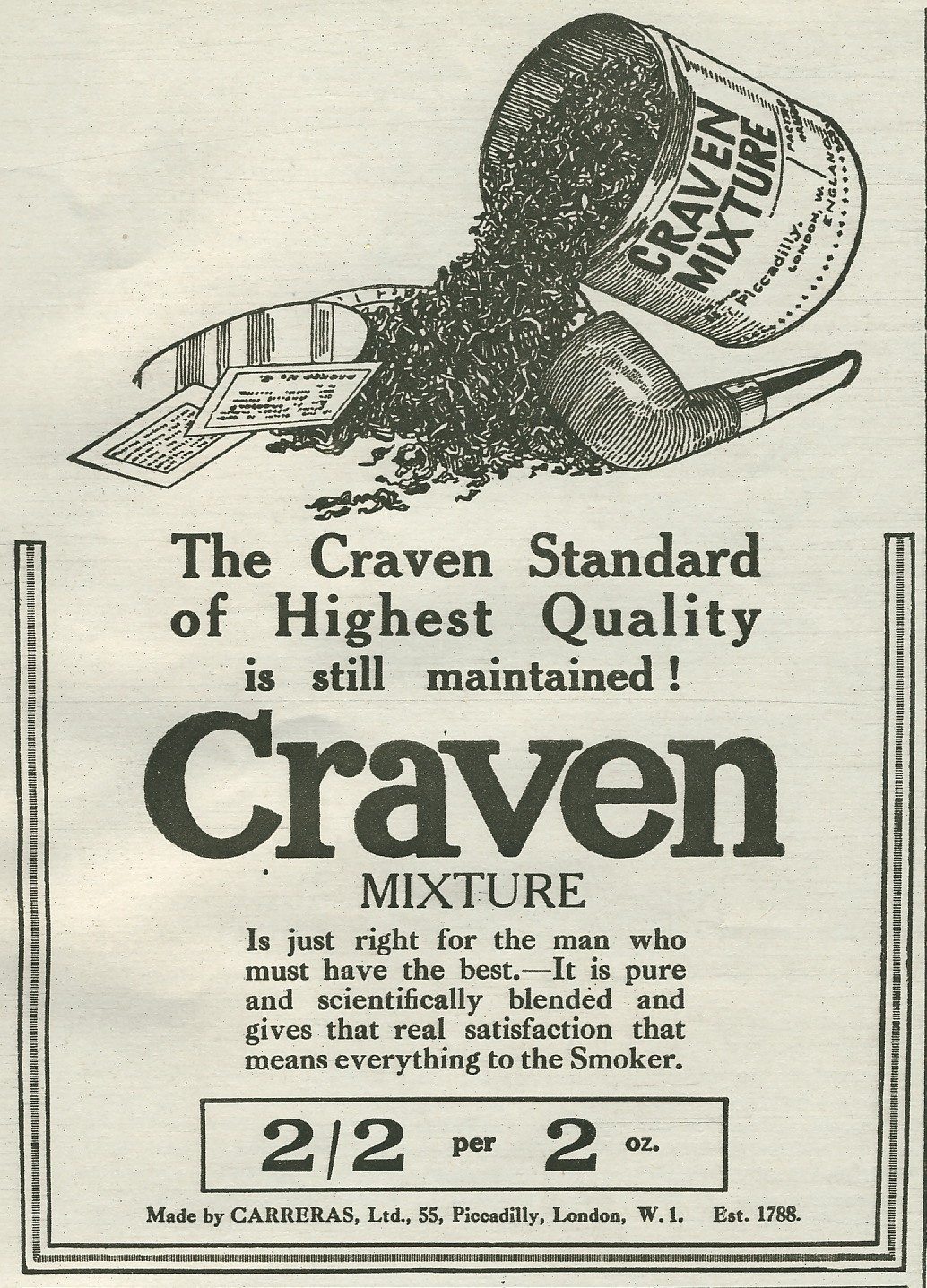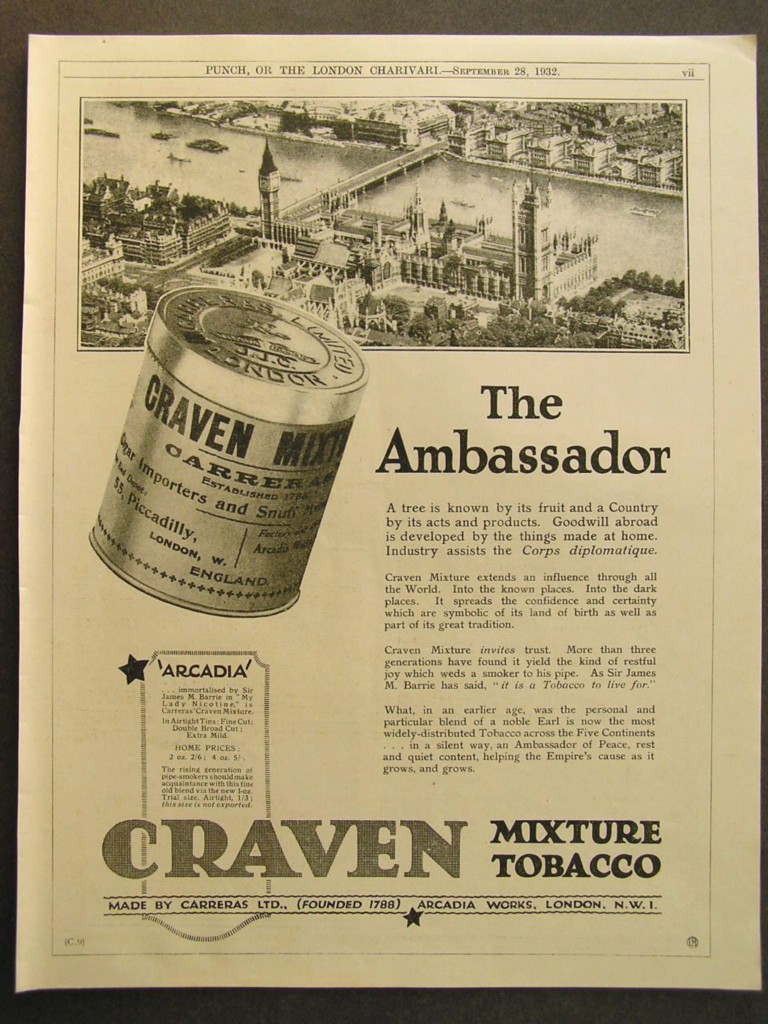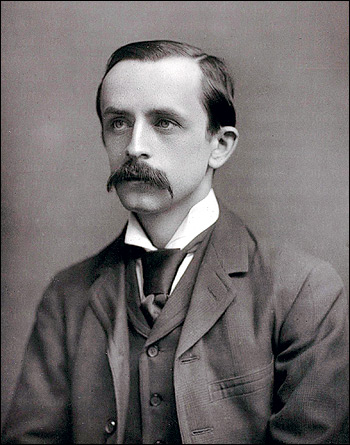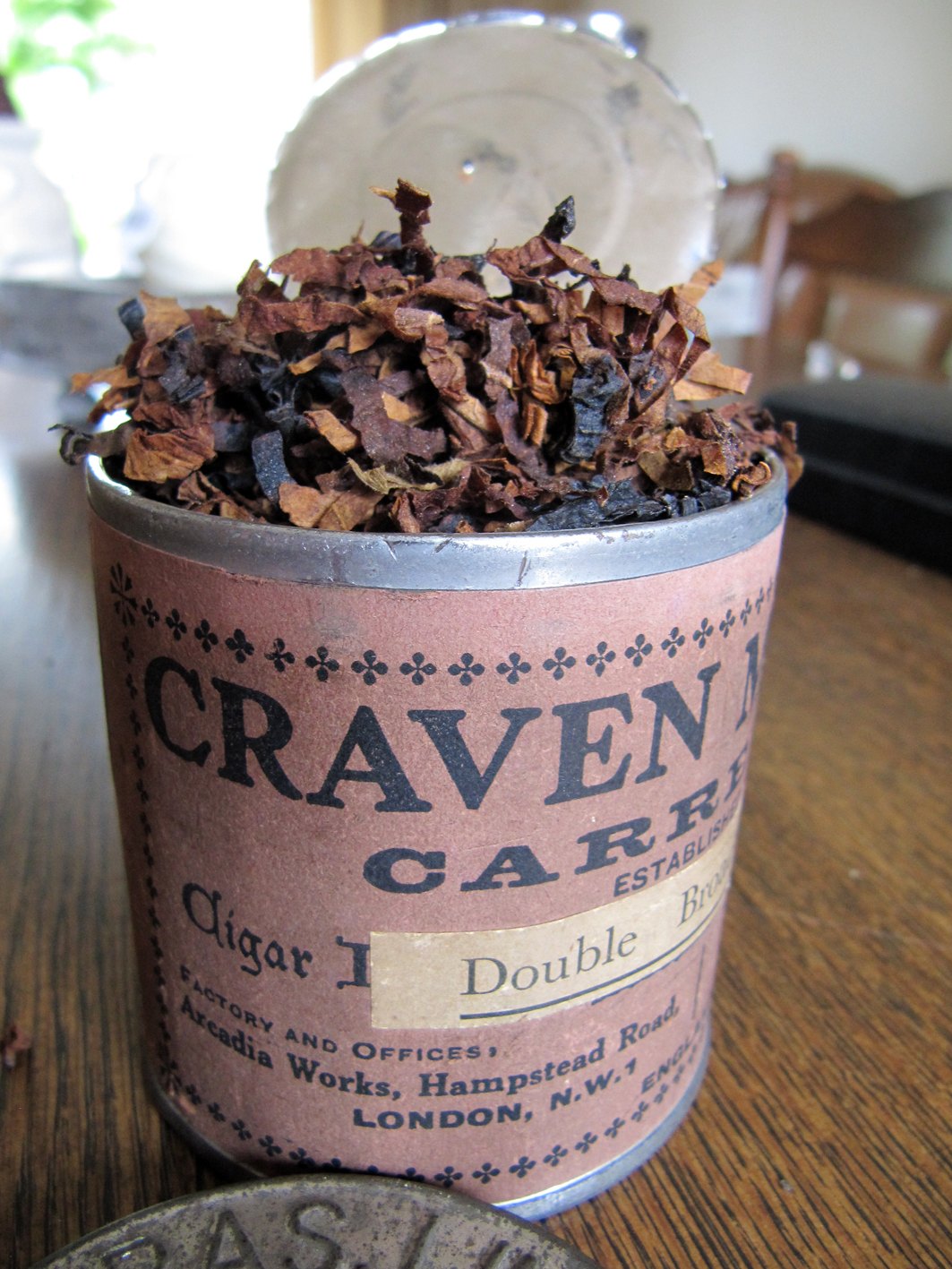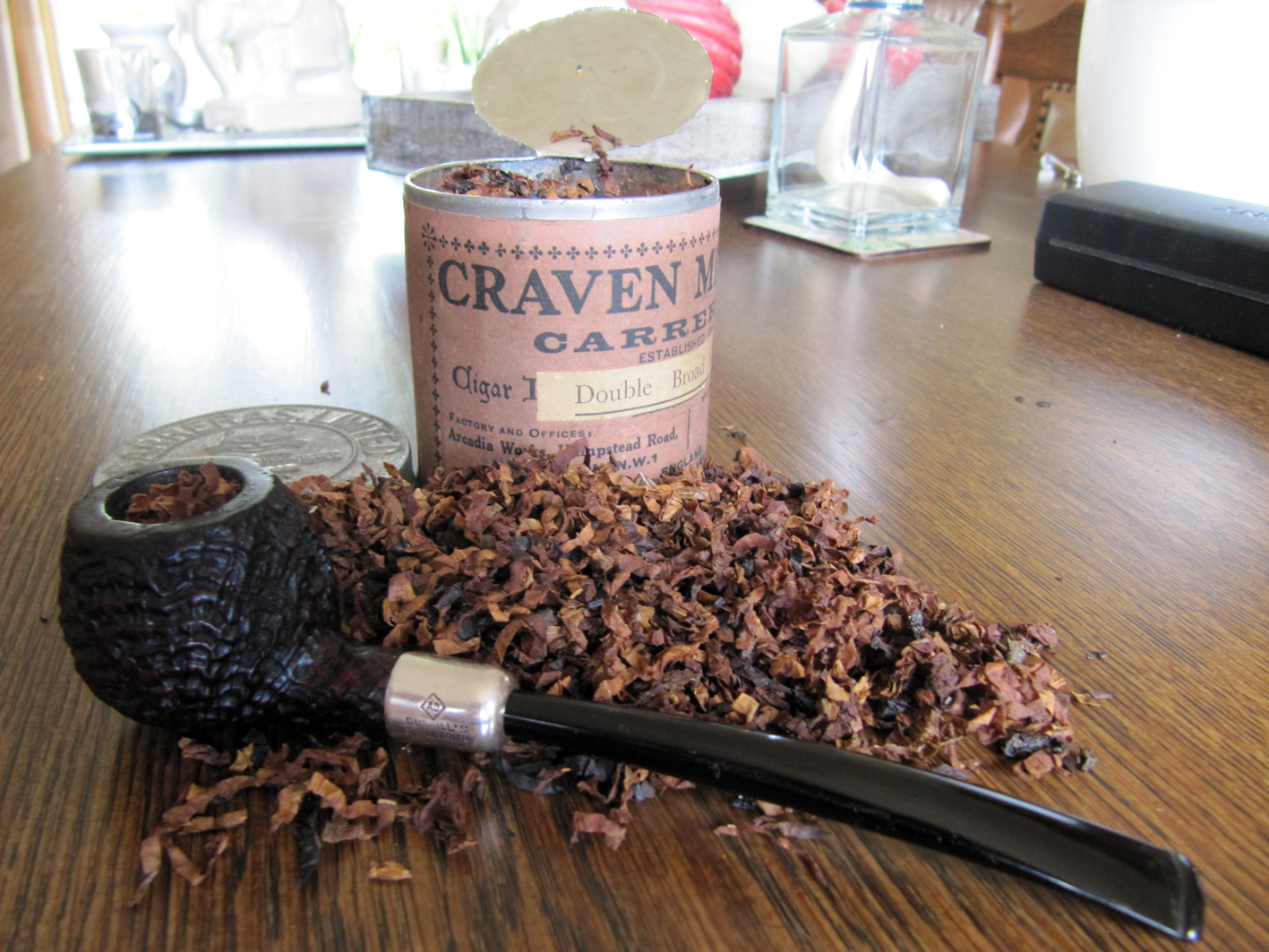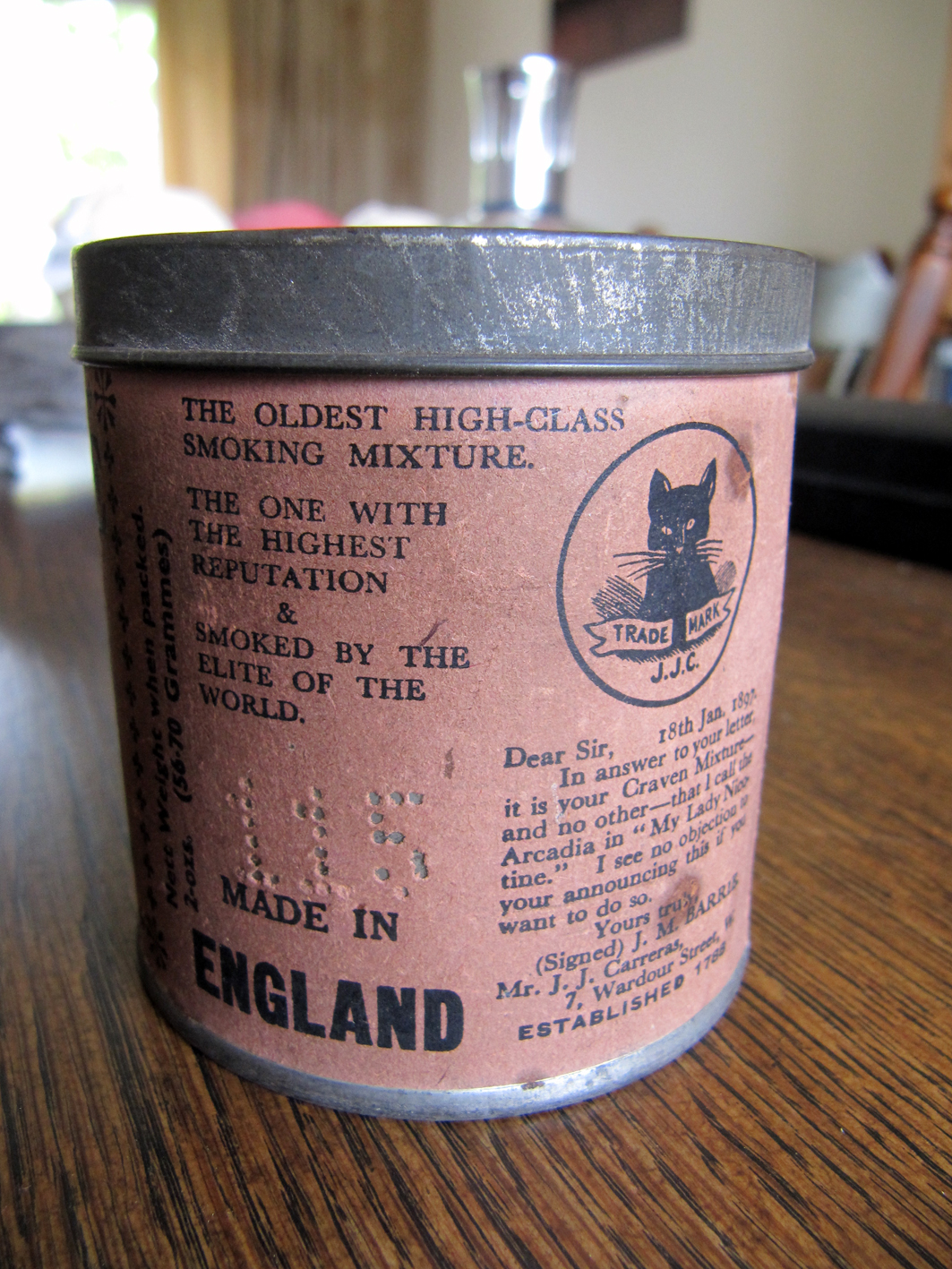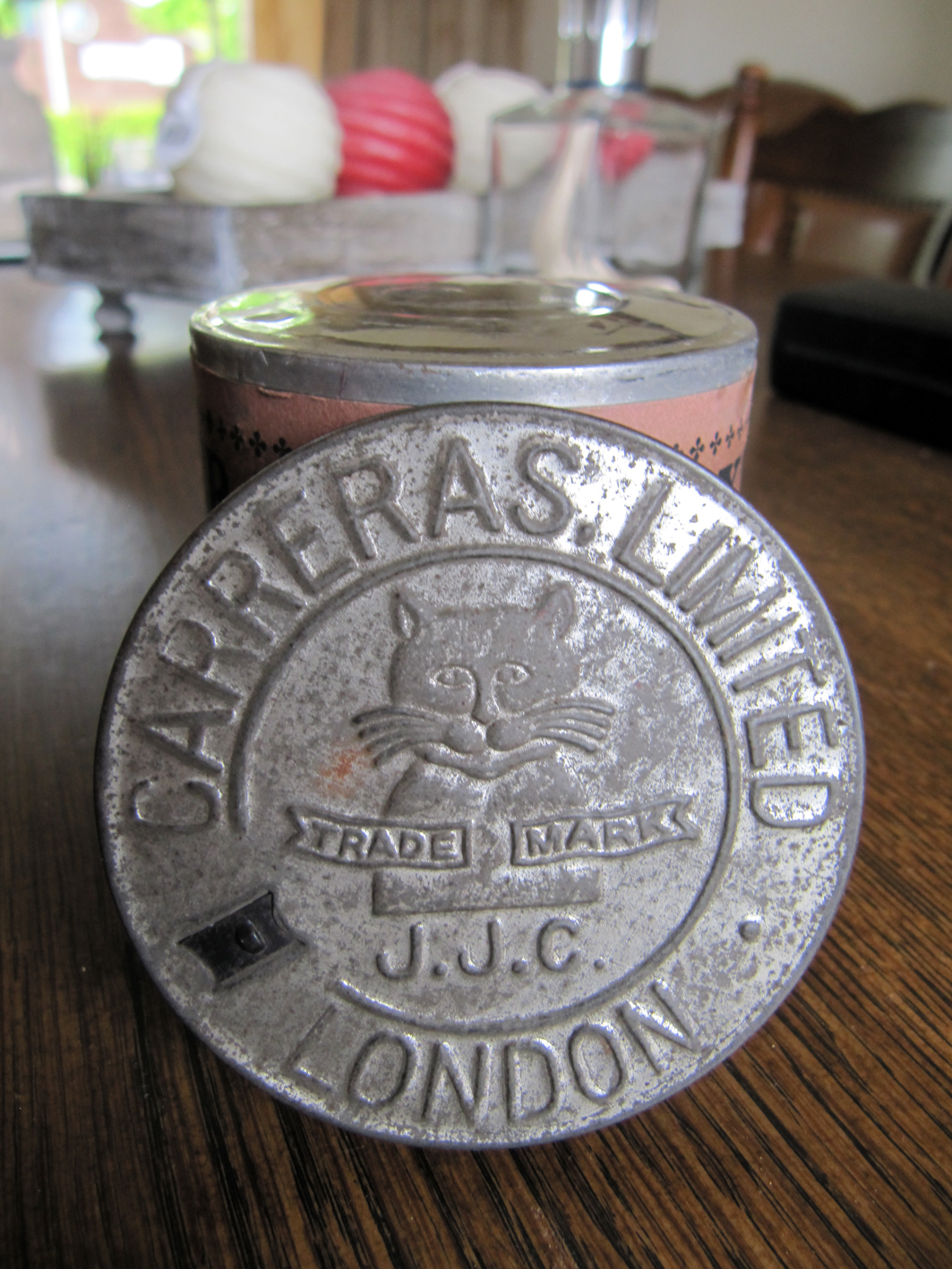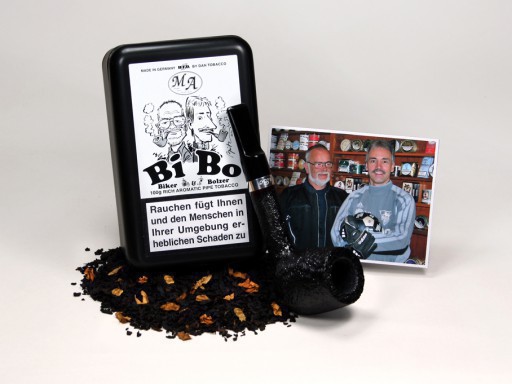This is part 2 of the “Whisky and Tobacco (by Paul)” post. Click here for part 1.
 – Virginia / Perique blends:
– Virginia / Perique blends:
Tobacco blends with Perique have that typical sour aroma and taste. There are not many “sour” whiskies/whiskeys. But you could try an American Sour Mash whiskey, like some well known brands produce, like Pappy Van Winkle, Jim Bean, Woodfort Reserve, Maker’s Mark, Wild Turkey and some Jack Daniels expressions. Note that the Sour Mash process is used in almost all Bourbon and Tennessee whiskeys. If you are looking for that typical aroma, check the indication “sour mash” on the label. The process doesn’t make a whiskey with a sour aroma-note as per definition, they can turn out very sweet and with vanilla/caramel aromas.
As for Scotch single malts I can’t easily come up with whiskies which have a sourly aroma or taste. It’s a taste most whiskymakers do not want in their whisky. The only one I ever encountered that would fit in here is an independent bottling of Edradour 10 yo from The Un-Chill-Filtered Collection, distilled 12-08-1998 and bottled 20-11-2008, 46% alcohol and from cask No. 286.
Besides looking for a sour taste in the whisky (and because Perique brings out more complexity out of the Virginia tobaccos) you could try such a tobacco-blend with a more complex whisky, like mentioned next, under Virginia/Oriental blends.
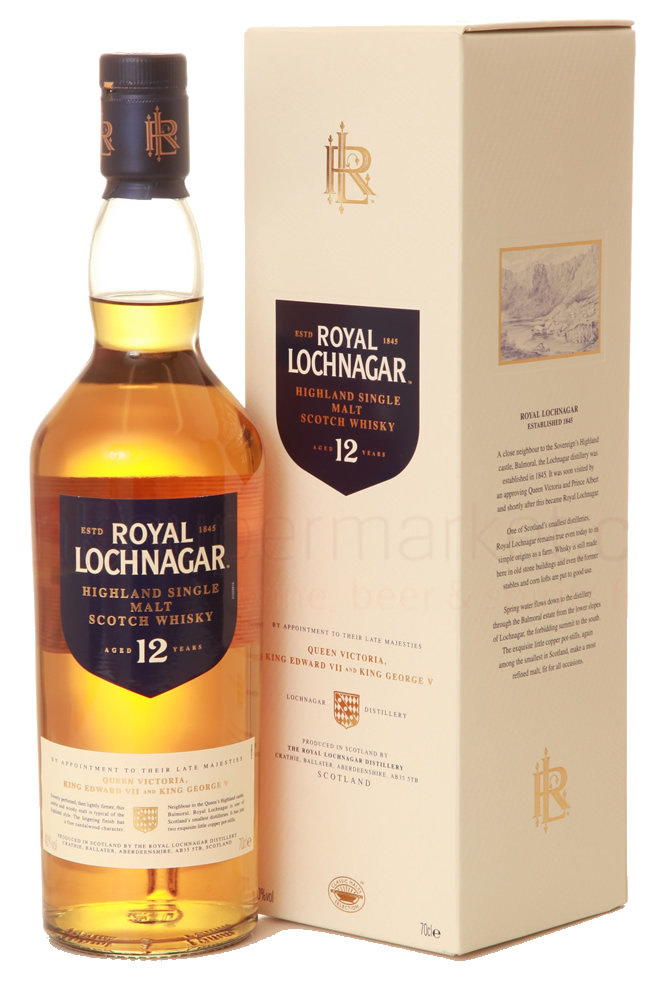 – Virginia / Oriental blends:
– Virginia / Oriental blends:
Typically a single malt like Royal Lochnagar 12 yo brings out a leathery note, which I think would combine easily with an Oriental tobacco blend. It also brings out a little peaty flavour and aroma. Other light to medium peated whiskies would do nice in my opinion, like Springbank 10 yo, Scapa 16 yo and Isle of Jura Superstition.
I think a Virginia/Oriental tobacco blend can be perfectly combined with more complex whiskies, such as Highland Park 18 yo, Loch Lomond Old Rhosdhu 10 yo, Glen Garioch 12 yo or a Glen Spey 12 yo.
![]() – Virginia / Burley blends:
– Virginia / Burley blends:
Burley can give a tobacco some hint of chocolate. And in some whiskies you can find that aroma too. Bladnoch 15 yo would do fine (chocolate, orange and even a tobacco aroma can be found) or the Glencadam 15 yo. These whiskies are not too strong in taste and aroma, which combines nicely with the Virginia-based tobacco.
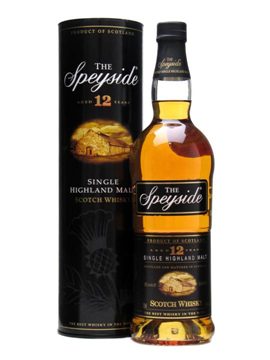 – Burley / Kentucky blends:
– Burley / Kentucky blends:
Here too the chocolate can be found, but I think a Burley/Kentucky tobacco is often somewhat stronger in aroma and taste than a Burley/Virginia. Therefore I would recommend a whisky that is a bit more “present” in the nose and on the tongue, like Glenrothes from about 14 yo or older or a Speyside 12 yo. The latter shows even more chocolate with a few drops of water (and don’t exaggerate on the water!).
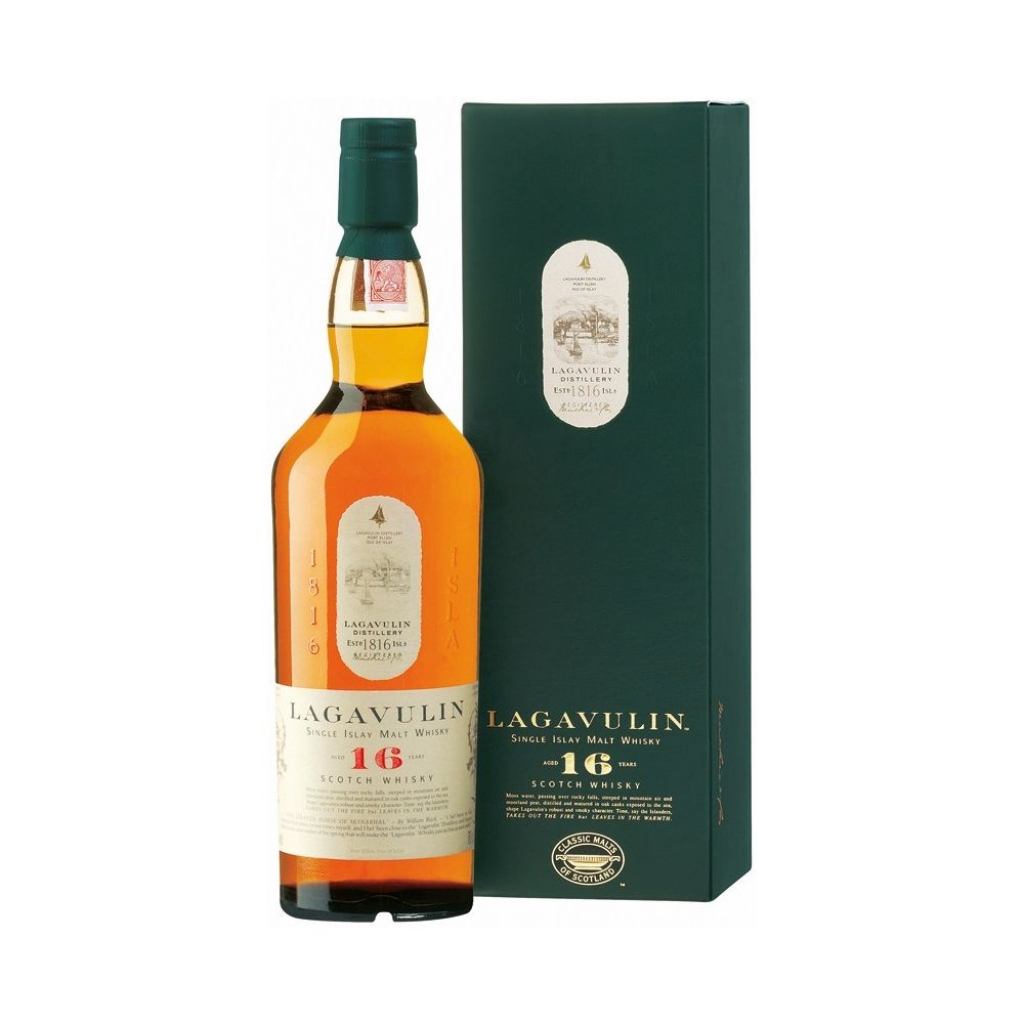 – Latakia blends:
– Latakia blends:
Well, this is the territory of the man who get hair on their chests while smoking these kind of tobacco-blends. And mind you, there are whiskies which grow hair on your chest too: the peaty ones. A few examples of medium to strong peated whiskies are Lagavulin, Caol Ila, Bowmore, Ardbeg, Laphroaig, Kilchoman (all from the Isle of Islay) and Longrow (the peaty one from Springbank) or Ledaig (the peaty one from Tobermory). But also some brands, less known to produce peaty whiskies, have managed to bring some nice peaty expressions. Like the Isle of Arran Devil’s Punch Bowl, Croftengea 5 yo or Inchmoan 4 yo (both from the Loch Lomond distillery) and Ardmore Fully Peated Quarter Cask finish. The famous Talisker from the Isle of Skye matches evenly well with a Latakia tobacco. And distilleries from the Isle of Islay that have a non-peaty house-style sometimes produce a peaty whisky. Like the Port Charlotte expression from Bruichladdich and the Moine-series from Bunnahabhain. The last one only bottled by independent bottler The Ultimate from Amersfoort, The Netherlands.
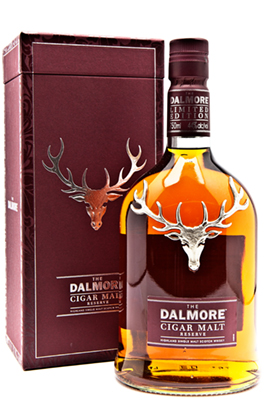 – Cigar leaf blends:
– Cigar leaf blends:
With tobacco blends which include Cigar leaf I think a lot of peaty whiskies can be combined perfectly. Also whiskies with some leather-aromas would do fine (like the mentioned Royal Lochnagar 12 yo). But one specific single malt comes to mind to accompany a cigar leaf pipe tobacco and of course a cigar as well: the Dalmore Cigar Malt. If you like these kind of tobaccos or you are a cigar aficionado as well as a pipesmoker and you are looking for a balanced whisky to go with the smoke, this is the best I can recommend. It balances perfectly with the smoke and even let’s behind an oily film in your mouth. Which makes the smoke, either pipe of cigar, very pleasant.
So, in general:
Keep in mind that maturing on ex-American whiskey casks creates whiskies with vanilla and caramel. They vary from dry to pretty sweet. Maturing on ex-sherry casks mostly give more complex whiskies. With aromas varying from fruits, chocolate and flowers to nutty aromas and even aromas of other distillates like brandy and armagnac.
 Pipe-smoking and whisky-drinking:
Pipe-smoking and whisky-drinking:
In closure I would like to make a kind of statement. People often ask me if smoking is allowed while drinking whisky. My opinion on is this: When you are drinking socially or just to relax and take some time for yourself to enjoy the good things in life, please smoke, drink and eat what you like and how you like it.
However, when you are seriously “nosing and tasting” your whisky, it’s better not to smoke. The same goes for exploring a tobacco trying to define the aroma’s which are in it: better not drink or eat while searching for the fine nuances in your mixture. The one interferes your perception and findings of the other. Whether you are exploring whisky while smoking or exploring your tobacco while drinking a fairly strong drink like the ” water of life”. For instance, the Scotch single malt whisky Highland Park 18yo is a very complex whisky with 24 detectable aroma’s. If you are really exploring this whisky, a smoke will have effect on your nose. Thus making it very hard searching for such fragile distinctions in whisky aroma’s.
Having said this, I can assure you that I like to smoke my pipe or a good long-filler cigar while enjoying my whisky. Even my complex Highland Park 18yo, when I’m just relaxing and enjoying my passions: pipe-smoking and Scotch single malt whisky.
Enjoy your smoke and your drink,
Paul

